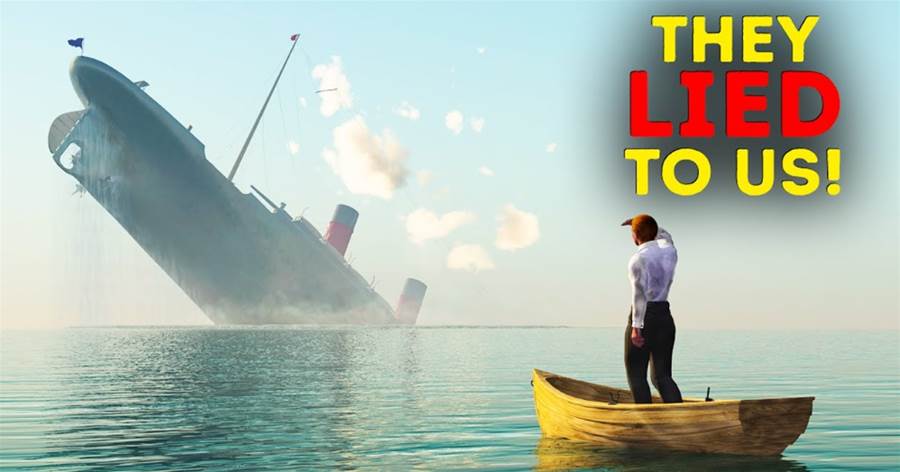
In the depths of the North Atlantic, the RMS Titanic has rested for over a century, its tragic story captivating generations. Recent explorations have unveiled new insights into the ship's current state and the relentless forces of nature that continue to shape its legacy.

A Glimpse into the Past
Launched in 1912, the Titanic was the epitome of luxury and engineering prowess. Her maiden voyage, however, ended in disaster when she struck an iceberg and sank, resulting in the loss of over 1,500 lives.
The wreck was discovered in 1985, lying approximately 12,500 feet beneath the ocean's surface, about 370 miles off the coast of Newfoundland. Since then, numerous expeditions have sought to study and preserve what remains of this maritime giant.
The Unforgiving Ocean's Toll
Recent expeditions have revealed significant deterioration of the Titanic's structure. A notable discovery is the collapse of a 15-foot section of the iconic bow's railing, now resting on the seabed. This change alters the ship's silhouette, a stark reminder of the relentless decay occurring deep underwater.
Researchers have also observed that the ship's metal is being consumed by iron-eating bacteria, forming rusticles that contribute to the vessel's gradual disintegration.
Rediscovering Lost Treasures
Amidst the decay, explorers have made remarkable finds. A bronze statue, the "Diana of Versailles," once graced the first-class lounge of the Titanic. Believed lost to history, this artifact was recently rediscovered lying face-up in the debris field. Its recovery offers a tangible connection to the ship's opulent past and the lives of those who once walked its decks.
Technological Advances Illuminate the Depths
Modern technology has revolutionized underwater exploration. High-resolution imaging and 3D mapping have provided unprecedented views of the Titanic's wreckage. These tools allow scientists to monitor the ship's condition meticulously and plan for future preservation efforts. The detailed scans also aid in understanding the wreck's current state and the environmental factors contributing to its decay.
The Debate Over Preservation
The discoveries have reignited discussions about the Titanic's future.
Some argue for the recovery of artifacts to preserve history, while others believe the wreck should remain undisturbed as a maritime grave. The ethical considerations are complex, balancing the desire to honor those who perished with the imperative to document and learn from the past.
A Race Against Time
Experts estimate that the Titanic could be reduced to a mere rust stain on the ocean floor within a few decades. The rapid deterioration underscores the urgency of ongoing research and documentation.
Each expedition not only uncovers new artifacts but also provides critical data to inform conservation strategies and deepen our understanding of this historic tragedy.
The Titanic's story continues to evolve as the ocean reclaims its creation. These recent findings offer a poignant reminder of the impermanence of human endeavors and the enduring power of nature. As we uncover more truths about the Titanic, we are called to reflect on the lessons of the past and the legacies we leave behind.
The article is not finished. Click on the next page to continue.
Next page


















